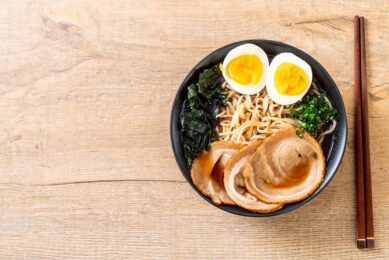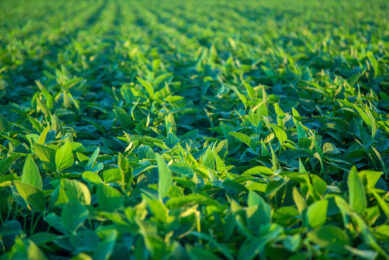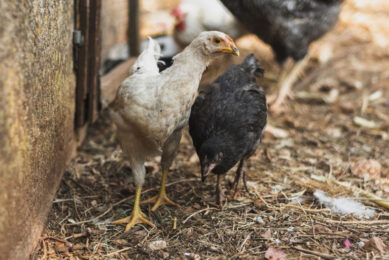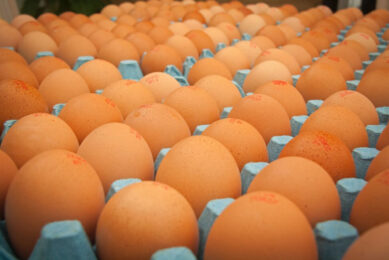Poultry outlook is bullish based on strong demand
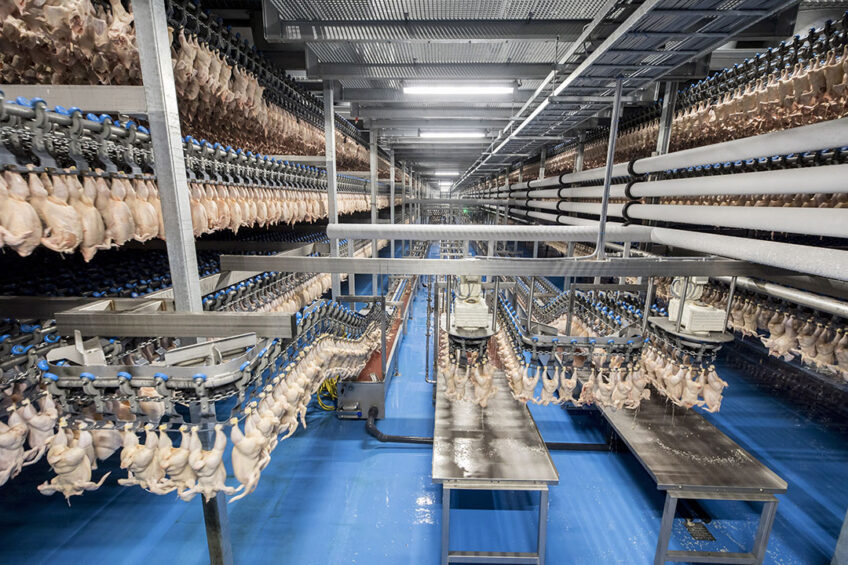
Poultry demand for the second half of the year is expected to be strong, as countries continue moves to adopt a ‘living with Covid’ strategy. And with global pressures on spending power and high food prices caused by the Ukraine War, consumers are likely to move to the lowest priced meat protein: poultry.
The key message from Rabobank’s global poultry third quarter report is indeed bullish, although it did note that challenges remain for producers as they face ongoing higher feed and energy prices into next year. This – coupled with anticipated issues around avian influenza this winter – means that supply may be tight. Europe has had its highest pressure AI season in history with 53 million birds culled, mainly in the layer and duck sectors. H5 strains seem to have become more endemic, in both Europe and Asia.
Rabobank said medium and small producers are downscaling in response to higher working capital requirements and risks, and that new investment projects have been delayed due to higher steel prices, rising interest rates, higher logistical costs and tighter labour supply. Genetics supply has also tightened following Covid-19, particularly affecting Asian markets, while African Swine Fever has also had a major impact on local meat supplies, especially in Thailand and the Philippines.
Margins, however, will remain positive with global demand growing by up to 1% this year – lower than the normal 2.5% – and this could lead to food security challenges in lower income countries. The bank said the difference between winners and losers could be significant and that it was important for companies to have strong market power, biosecurity and efficient operations. Traders who have had a tough time during the pandemic are likely to benefit as global trade volumes rise, particularly those who don’t face AI issues. These include Brazil, the US, Thailand and other smaller countries, such as Argentina, Chile and Turkey.
Country focus
Looking at individual nations, Rabobank notes that the US has seen prices reach new highs on strong demand in both the retail and foodservice sectors amid limited supply. Prices for both boneless breast and leg quarters had risen sharply in the early summer as consumers looked to purchase less expensive protein options and export demand remained steady to strong, with shipments to China up 42% year-on-year (YoY), and Taiwan and Canada also seeing rises of 34% and 12%, respectively.
Strong consumer demand for lower value protein options should boost dark meat sales but consumer inflationary pressure could limit boneless breast meat in the coming months. US broiler supply growth remains in line with earlier predictions of a 1.7% YoY growth, although supplies remain somewhat constrained by hatchability challenges and higher mortality levels.
In Mexico, the government’s announcement in May to reduce food costs could weaken chicken prices, with Brazil and Chile exports likely to be the main beneficiaries as restrictive tariffs are removed, although rising shipping costs could limit these volumes. Brazil exports remain strong with increased volumes going to the Netherlands, Mexico, the UK, South Korea and the Philippines, due in part to the proliferation of bird flu, although China has cut its imports.
The expansion of trade to these other destinations means Brazil is reducing its reliance on the Chinese market. Feed prices, so high in the first quarter, have fallen back and are now 5% lower YoY and with the corn supply looking good, there is likely to be negative pressure on feed prices. With an expected improvement in domestic consumption in the second half of the year, production is set to rise and a predicted forecast of 1.5% YoY increase in production remains valid, Rabobank reports.
In Europe, the situation is more complex but the outlook is moderately positive. Feed prices are expect to stay around their current level, while energy prices and labour availability will challenge producers. AI risks will rise with the onset of winter, which could again impact supply. In terms of demand, consumers will be more price-driven as spending power will be under pressure. This will support chicken – especially dark meat – prices. Demand will therefore stay strong while supply growth will be restricted. The largest market concern would be the permanent restrictions on Ukraine imports which would increase supply.
High feed prices will keep the supply of poultry relatively low in South Africa and with market prices high for beef, sheep meat and pork, consumers are likely to shift towards poultry and eggs as the cheapest proteins. Imports may rise slightly but not enough to challenge the market balance in the country.
Tight supply
While poultry imports face some uncertainty in China, poultry exports benefit from the tight supply in the global market, up 27% YoY in the first four months of 2022, and 35% in April alone. More stringent environmental regulations will begin to become a key entry barrier to the farming sector in the longer term.
In Thailand the outlook for the rest of the year is promising, with strong prices and demand, with returning tourists and consumers substituting pork for chicken. Exports are set to grow with the opening of the Saudi Arabia market and stronger demand from Europe. Feed costs are set to remain high but the industry will get some support from the temporary zero-tariff import quota on 600,000 tonnes of corn from May to July and the strong currency.
Commenting on the global situation, Nan-Dirk Mulder, Rabobank senior analyst for animal protein, said “Under these conditions, Brazil and the US come out on top, having seen strong demand in Q1. The EU has lost market share due to its many AI outbreaks and related trade restrictions. Thailand is recovering but remains relatively expensive due to its high local prices.”




